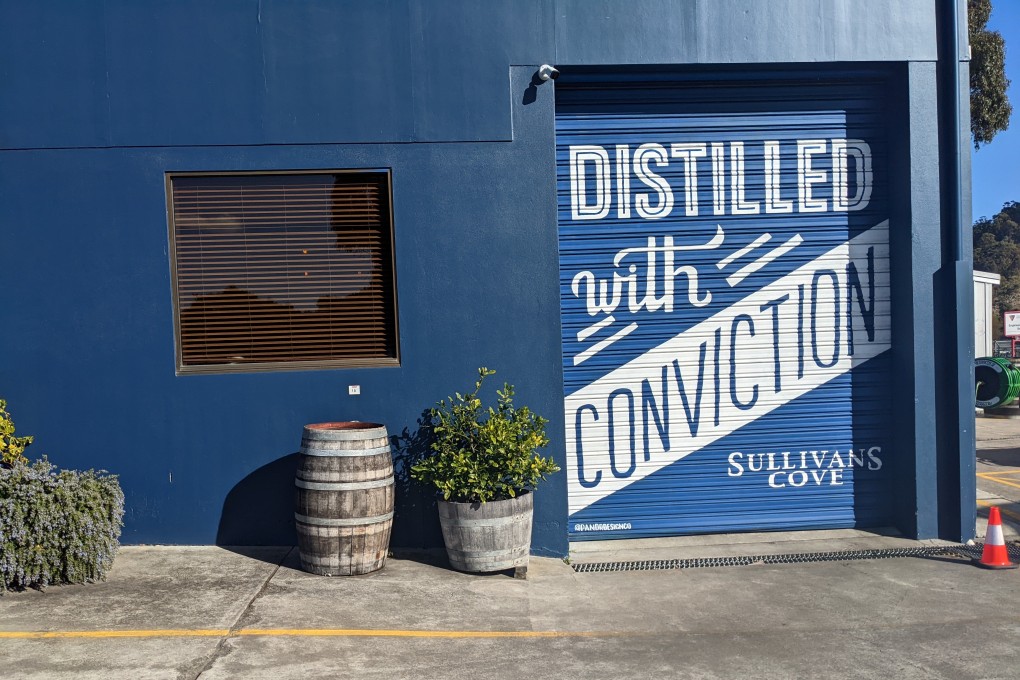What makes whisky from Tasmania among the best in the world? ‘We have all the elements required,’ says insider, including ‘clean and pure water’
- Tasmania in Australia may not be the first place you think of when it comes to fine whisky, but distilleries there have been earning international awards
- In 1992, Bill Lark, the ‘father of Australian whisky’, secured the overturning of an 1838 ban on distilling whisky in the island state, and the rest is history

You must be quick if you want to buy a bottle of Sullivans Cove online.
It’s one of the most sought after whiskies in Australia, and as soon as any becomes available via the brand’s online store, bottles are snapped up in a matter of minutes through a raffle system.
“Tasmanian whisky sits alongside some of the best whiskies in the world,” says Nitesh Chalise, bar supervisor at Mary Mary, at The Tasman hotel, in Hobart, the capital of Tasmania.
“One of the contributing factors is that on this lovely island, we have all the elements required to make top-class whisky: clean and pure water; barley; highland peat; and the right climate.

“Sullivans Cove French Oak whisky set the benchmark in 2014, when it won world’s best single malt at the World Whiskies Awards, and the head distiller was inducted into the global Icons of Whisky Hall of Fame in 2018,” says Chalise.